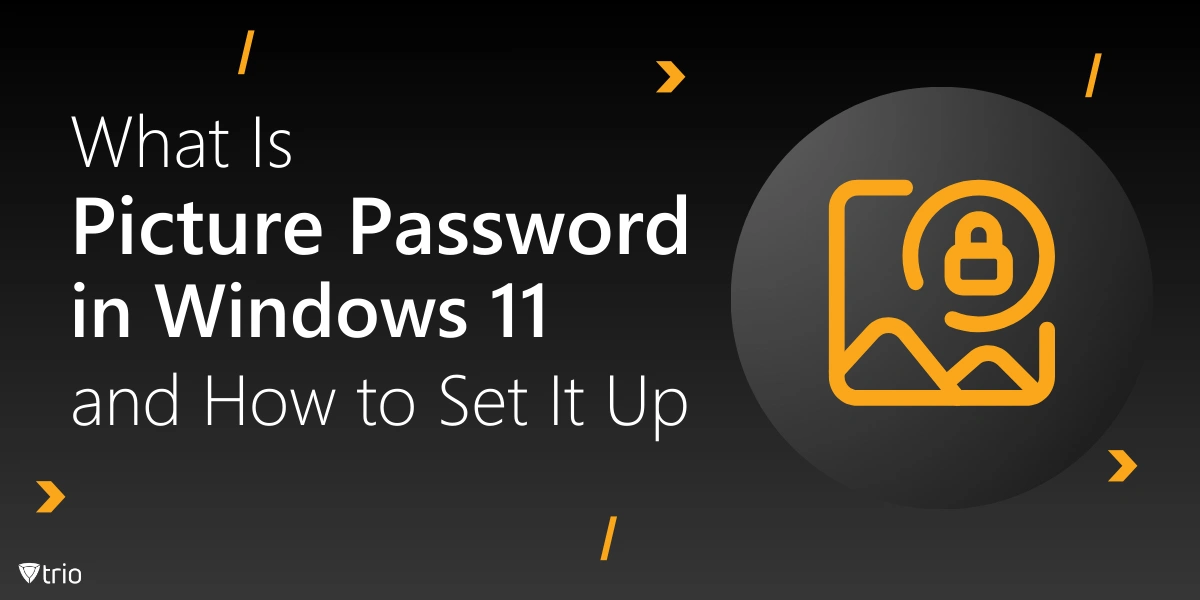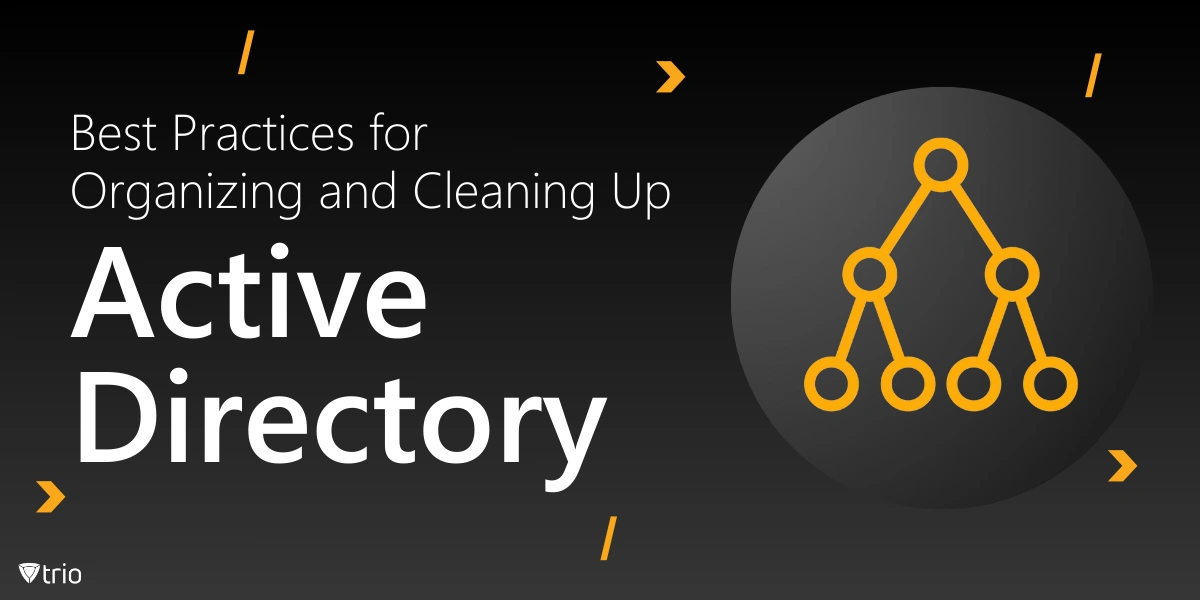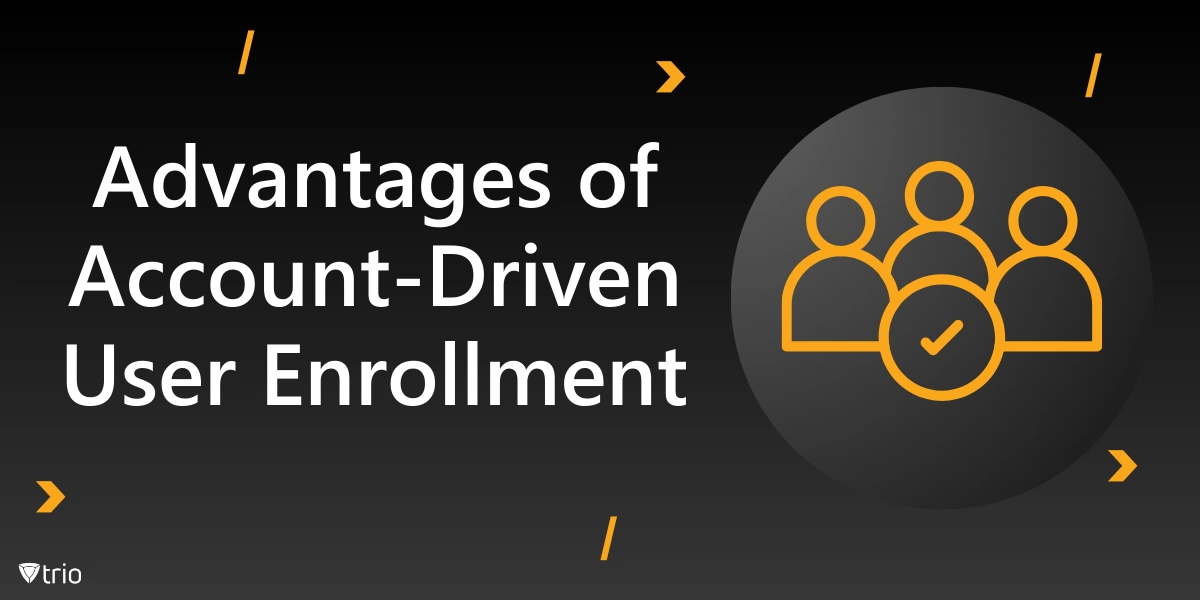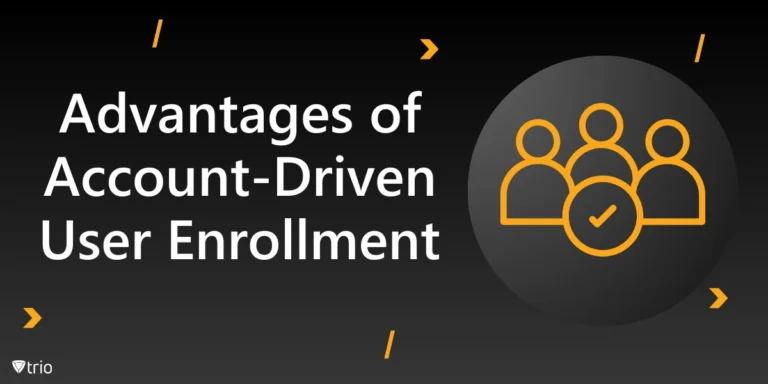What Does BYOD Mean?
BYOD, meaning “Bring Your Own Device”, is a policy that allows employees to utilize their personal devices for work-related tasks. This allows employees to access work data and applications from devices they are comfortable with, boosting productivity and efficiency.
BYOD has been gaining a lot of recognition and enthusiasts across different industries. Thanks to its potential to streamline operations, reduce costs, and elevate employee satisfaction, healthcare is one of the significant users. However, while BYOD offers numerous benefits, it also presents several challenges that need to be addressed effectively. Because of the number of risks, BYOD management can be a considerable challenge to many companies.
Understanding the Advantages and Disadvantages of BYOD
Utilizing personal devices for work-related tasks can greatly enhance convenience, productivity, and cost-efficiency within organizations. By allowing staff members to use their own devices, industry professionals can access and manage their data, interact with colleagues, and execute several tasks at the same time. This brand-new approach often leads to lowered costs and improved working experience.
However, the use of personal devices for work also carries significant risks. Unsecured devices or unauthorized access can lead to data breaches, non-compliance penalties, and risks to employee or user privacy. Personal devices can also be a more vulnerable target for malware and cyberattacks, which can compromise user and company data integrity and disrupt industrial systems.
Developing a BYOD Policy
1. Establishing a Comprehensive BYOD Policy
To ensure the secure handling of company data, different organizations should set up a clear and comprehensive BYOD policy. This policy should outline the roles and responsibilities of employees, specify the types of devices and applications allowed, and include a process for registering and managing devices. The BYOD policy should address several key points, including:
Device Registration and Approval: Define the process for registering personal devices with the organization and specify the approval criteria based on device type, operating system, and security features.
Data Access Restrictions: Clearly outline which data and applications can be accessed on personal devices and establish procedures for granting and revoking access privileges.
Device Disposal: Set guidelines for securely disposing of personal devices when they are no longer in use or when an employee leaves the organization.

2. Implementing Strong Security Measures
Organizations must enforce strong security measures to protect company information on personal devices. These measures should include:
Encryption: Mandate encryption for data storage and transmission to protect sensitive patient data from unauthorized access. This could involve using HIPAA-compliant email solutions, encrypted messaging apps, and encrypted storage options.
Authentication: Enforce strong authentication measures, such as multi-factor authentication or biometrics, to prevent unauthorized access to patient data. Biometric authentication can also be considered. Additionally, companies can use automatically generated One Time Passwords (OTP) to add another security layer.
Mobile Device Management (MDM) Software: Use MDM software to remotely manage and secure personal devices. MDM solutions allow IT administrators to enforce security policies, monitor device usage, and remotely wipe data from lost or stolen devices.
Employee Training and Awareness: Regularly educate employees on HIPAA regulations and BYOD policies to maintain a secure environment. Regular security audits and assessments will help ensure compliance and protect sensitive information.
3. Balancing Employee Privacy and Network Security
Creating the right balance between convenience and security is crucial for the successful implementation of a BYOD policy. This involves:
- Inviting all stakeholders, including IT, administration, and other staff, to participate in the decision-making process.
- Continuously monitoring and evaluating the BYOD policy to address emerging security threats or compliance issues.
- Staying ahead of evolving technology and security threats to maintain a secure BYOD environment.
By developing a comprehensive BYOD policy, implementing major security measures, and providing ongoing employee training, organizations can adopt a secure BYOD policy without compromising company privacy.
There are different BYOD policy templates arranged for different companies. They can provide companies with a framework to set their policies. These templates help companies set regulations and policies for all the BYOD devices inside the organization. They usually follow the practical rules of a standard company, and they can help the management with the security setup. Different BYOD service companies provide these templates and policies. As a third-party consultant, organizations can be assisted through these companies.
4. BYOD device and Removable Media
Removable media such as USB drives, external hard drives, and memory cards are easy to insert and remove from a computer without powering it off, making them highly convenient for data transfer. However, they are also an easy entry point for viruses and malware, increasing the risk of data breaches and system failures. A BYOD device can carry information outside the office. A BYOD phone is one of the most vulnerable items to the company. It can function as a USB drive, a camera to record data, a tool to record and save voice messages, and ultimately a tool to increase threats for the company.
As such, many organizations only allow the use of removable media that has been approved and/or controlled by IT. In some cases, companies may completely block the use of removable media due to security concerns. Therefore, a comprehensive BYOD policy should also include guidelines for the use of removable media. A BYOD solution in this case is helpful in increasing secure layers and preventing media loss at companies.

5. Managing BYOD with Mobile Device Management (MDM) Solutions
Managing BYOD can be a challenging task, especially due to the limitations on the number of technical controls that can be enforced on personal devices. However, mobile device management (MDM) solutions can help strike the right balance between maintaining corporate data security and allowing employees the freedom to do their jobs.
MDM solutions can define which applications on a user’s device can interact with corporate data, as well as the minimum level of operating system a device needs to have. They can also containerize corporate data on personal devices and protect it with controls defined by the organization. This provides an additional layer of protection for corporate data on lost or stolen devices and allows the organization to wipe only the corporate data off the device, leaving the user’s data intact.
Conclusion
Given the potential privacy issues that can arise when enforcing controls on personal devices, it’s crucial to communicate expectations to employees. These may include:
- Minimum PIN/password requirements
- Restrictions on the kind of information that can be sent/accessed through personal devices
- The conditions under which the company will wipe an employee’s phone
- The procedures for handling personal devices during off-boarding
- The definition of an incident and the steps that will be taken in response
Ultimately, the goal is to strike a balance between convenience and security. Organizations can effectively manage the risks associated with BYOD and Choose Your Own Device (CYOD) while reaping their benefits by implementing a comprehensive BYOD/CYOD policy, enforcing robust security measures, and maintaining clear communication with employees.
Among all the different MDM and data loss prevention (DLP) products that have been created, Trio is a one-of-a-kind solution that combines MDM strategies along with unified endpoint management and BYOD policies to improve an organization’s data security. Trio’s ultimate goal is to ensure data security through an organization’s endpoints or any kind of BYOD device inside the company. Using a solution such as Trio helps small and medium-sized enterprises (SMEs) build up a fortress that secures all the company’s data.








